
Is cleaning fleas using bagless vacuums effective? The answer is a resounding yes, as vacuuming is one of the least hazardous flea treatment methods. Repeated forceful cleaning can collect fleas that come into touch with the vacuum. In carpets, tiles, and wood floors, it generally targets adults and eggs.
Vacuums are the best tool for removing fleas from cracks and crevices. A second pass while vacuuming can also trigger new adult fleas to emerge from their pupal sacs. Consistency is crucial here, so vacuum every 1 to 2 days until the infestation is controlled and there are no more adult fleas.
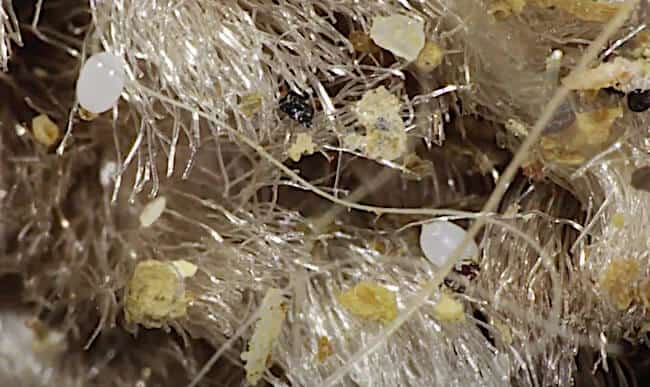
Quick answer
You can use a bagless vacuum machine to get rid of fleas. Vacuum your whole house every day until the fleas completely disappear. Never use your vacuums directly on your pets, this will hurt them and it will not fix the problem.
“I can assert with confidence from my years of experience and research that while bagless vacuums can physically remove fleas, they do not completely eliminate them. The problem lies in the fact that vacuum cleaners might miss flea eggs or larvae hiding in fabric seams or along baseboards. Furthermore, it’s important to realize that fleas might survive within the vacuum cleaner, hence proper cleaning of the vacuum post-use is of paramount importance.”
Dr. Oscar Veldkamp, Entomologist
Is It Possible To Kill Fleas With A Vacuum?
It has been demonstrated that vacuuming can kill approximately 90 to 95% of fleas [R]. They do not require any chemicals or additional equipment to kill. Vacuum cleaners have a powerful suction that kills the majority of fleas. Because of their small body size, they are unable to build up enough strength to resist the suction of the vacuum. The vacuum brushes’ bristles cause their bodies to dissolve as a result of vacuuming fleas.
Because of its small size, only .13 inch, adult fleas can become stuck in the dust cup of a vacuum cleaner, and it can also succumb to famine. Flies are unable to exist without the bodies of fur-bearing animals such as cats, dogs, or birds since they are parasites.
Is Using a Bagless Vacuum to Remove Fleas a Good or Bad Idea?
Bagless vacuum cleaners have been found to be extremely useful in eradicating fleas from pets. A vacuum cleaner can be classified into one of two categories based on how it cleans. With and without bags. With a HEPA filter to trap allergens and dust, a bagless vacuum’s dust cup may be washed.
- Bagged vacuum cleaners use a disposable bag to store dirt. This could end up costing you a lot of money. In the fight against fleas, bagless vacuums have consistently outperformed bagged models.
- Because bagless vacuums can be cleaned with water, you can vacuum up fleas whenever you want and wash away the dust for very little cost.
- To reduce waste, bagless vacuum cleaners do not use bags.
- Because they require less maintenance, bagless vacuums are more affordable.
- In order to keep the area clean and free of fleas, they use a HEPA filtering system. Water filter vacuum cleaners are also good options.
- Unlike bagged vacuums, bagless vacuums can be used at any time.
Can Repeated Vacuuming Fleas With Bagless Vacuums Cause Any Problems?
As long as the dust container isn’t 100% full, bagless vacuums can be used to remove fleas from the home. If an area is heavily infested, daily vacuuming is recommended. Because some fleas coil around the carpet strands, you may not catch all of the flea larvae that are present in your carpet the first time you vacuum.
As a result, the vacuum will suck up and remove the dried blood on which they rely, resulting in immediate relief. This will aid in the process of starving them to death. Using the bagless vacuum will allow you to remove any remaining unhatched vacuum fleas as well as collect any remaining hatched fleas.
How often should you vacuum to remove fleas from your home?
Once every two weeks is more than enough time to vacuum for fleas. Vacuuming should be done on a daily basis until the infestation is no longer visible if you have an infestation. Larvae and adults are encouraged to rise from the carpet’s depths by regular vacuuming during this period. Getting rid of all of the flea eggs completely and effectively can take many days.
Flea eggs, larvae, fecal blood, and other organic waste can be removed by carefully vacuuming flea-infested locations. Vacuuming under cushions and furniture, cracks in the tiling, and hardwood floors are all critical. After vacuuming, be sure to put away all of the fleas in a secure location so you can get rid of them later.
How Vacuuming Aids in Flea Elimination
In addition to eliminating fleas, vacuuming can also break the fleas’ life cycle, which is usually 3 months. Yes, that is conceivable; at first glance, it may appear as if there are no harmful chemicals involved. That description may make everything quite obvious.
The most powerful weapon against fleas is the suction generated by a vacuum cleaner. If you continue vacuuming the affected area, the vacuum cleaner will easily remove the fleas’ eggs and larvae. This puts an end to their whole cycle. If the vacuum isn’t already sucking up the food from the flashes, they won’t last long if they’re left alone.
If the affected area is on the carpet, a vacuum carpet cleaning nozzle should be utilized. It pulls all the Davis from the deep and moves every fiber of the carpet with it. Fleas are unable to evade the vacuum’s suction because they hide in the carpet’s fibers.
The Correct Way to Use a Vacuum Cleaner for Flea Removal
Using a vacuum cleaner correctly can remove as much as 95% of the fleas in your home, which means that a bagless vacuum cleaner is essential for complete flea eradication.
Infested areas should be vacuumed for three to four days in a row to get rid of eggs and larvae, as well as fecal blood and other organic materials. This should be done at least once a week.
Every questionable area should be vacuumed thoroughly. Rugs, cushions, carpets, and furniture can all fall into this category, as might the surfaces on which your pet rests and lounges.
It’s best to vacuum each area one after the other after you’ve gotten rid of the fleas that have escaped. Vacuuming under cushions and furniture, gaps in tiling and hardwood floors are all critical. It’s also a good idea to run a vacuum under cabinets and appliances to remove any loose dirt.
Place the dust cup in a safe location away from the house after vacuuming the fleas.
Are Fleas Capable of Surviving in a Bagless Vacuum?
According to recent studies, fleas cannot survive in vacuum cleaners for an extended period of time. However, on certain days, their demise is assured, as vacuum cleaners are a poor source of food for them.
Around 95% of fleas perish after a vacuum pass. Additionally, some adult fleas are attracted to vacuum beater brushes. They begin to deteriorate without nourishment and do not survive long without their refuge. Fleas are parasitic to animals and their habitats.
Can Fleas Crawl Their Way Out of a Vacuum?
Fleas, or a collection of them, can never crawl or emerge from a vacuum. Because fleas typically die young, their delicate bodies frequently attract suction and their bodies disintegrate upon contact with the vacuum brush. Although some fleas may depart, they are likely to be seriously harmed inside the vacuum, as many of them must crawl up the steps to reach the vacuum’s dust cup, harming them. And they continue to perish slowly even in the absence of vital food.
If you’re using a bagged vacuum, place the bags in the designated location; if you’re using a single vacuum, there’s no need to bother about sanitizing the dust cup. If, however, the fleas were not emptied immediately after vacuuming, they may retain body parts and flea larvae as a result of injury and should be carefully cleaned. It’s important to clean a vacuum cleaner that smells after dealing with fleas to maintain hygiene.
Can You Remove Fleas from a Cat or a Dog Using a Vacuum?
If you’re wondering if you can vacuum a cat or dog to eradicate dog and cat flea infestation, the answer is technically yes. However, if you’re wondering whether it should be done, the answer is an emphatic no. To begin, you must understand the effect of vacuuming on cats and dogs, as well as the amount of cat fleas that can be removed. Instead, focus on cleaning your vacuum cleaner after dealing with pests to prevent spreading the infestation.
To begin, vacuuming fleas with bagless vacuums on the pet’s body is a bad idea; it might have a negative effect on them. Certain cats are expressly prohibited from vacuuming their bodies. Additionally, the sound of a vacuum scares the majority of dogs. There are numerous ways to emotionally harm people. Vacuum suction causes discomfort and fear in cats and dogs.
While some dogs may be able to withstand the passage of chilly vacuums, this should not be the case.
Only 30% of fleas can be removed by vacuuming cats and dogs, as it is impossible to vacuum them everywhere, which can be hazardous to your pet. As a result, this is a bad idea.
To eradicate dog and cat flea, it is best to administer Insect-Growth Regulators every six months. This may be the most powerful and dependable method of preventing flea reproduction.
Things To Consider When Buying A Vacuum Cleaner For Fleas
Now that you’re comfortable vacuuming fleas with bagless vacuums, let’s discuss what other qualities to look for in a flea vacuum. To begin, the vacuum cleaner’s capacity to catch fleas efficiently is critical, since insufficient filtering can impair retrieval performance and have significant health consequences. Additional considerations to consider include the following:-
- The vacuum should be suitable for use on both hardwood and carpeted floors.
- Suction power must be easily adjustable in relation to the surface being cleaned in order to provide the best cleaning outcomes.
- It should be lightweight, making it convenient to transport throughout the house.
- Long ropes and ergonomic design are critical for maneuvering through confined locations where ticks may hide.
- The dust container should be easily detachable and large enough to be easily emptied.
- It should have washable or reusable microfiber pads/filters, ideally fine dust filters.
- Preferably, the vacuum should include a HEPA filtration system. We recommend a maintenance-free HEPA Lifetime-Filter, which traps more dust and allergens. HEPA filtration system assists in trapping the majority of allergens.
- It should have a crevice tool to assist you in cleaning your furniture more thoroughly.
Consider This When Vacuuming Fleas From The Carpet
Fleas can usually be found nesting on carpets. They spend approximately 20% to 25% of their day in the animal’s body and the remainder of their time in their house.
Therefore, locating the damaged location for their removal and attempting to remove them properly can yield the best outcomes.
- Fleas spend most of their time choosing carpets or pet beds in order to readily enter animals and avoid being vacuumed. As a result, we must pay particular attention to certain locations.
- Adjust the vacuum setting as necessary. It should be set at the highest setting to capture the most fleas.
- Techniques should be adapted to eliminate fleas from vacuum cleaners, which are incapable of providing a completely safe atmosphere.
How To Prevent Flea Contamination
This section is for you if your home has not yet been plagued by fleas. Perhaps you should be aware that before treating fleas, you could consider preventing them. Several points to bear in mind include the following:
- Due to the fact that fleas dwell in pets, it is important to be aware of them. Take care of things for them. At regular intervals, inspect them. As directed by the veterinarian, give their fleas preventative medications. Consider their menu.
- Fleas can also attack the human body, so keep your everyday essentials clean, such as beds, linens, and other equipment. Wash at the stated time that washing is possible.
- Pay specific care to the carpets, as a fibrous surface such as a carpet is their ideal habitat. Therefore, keep frequent vacuuming and use the appropriate vacuum for the carpet. Simultaneously, pay special attention to pet beds, as here is where fleas are most accessible to pets.
- When vacuuming to kill fleas, keep your pet away from the area to prevent fleas from re-entering the carpet unexpectedly.
- Pest management can be arranged, as mature fleas are more likely to be killed. Ensure that you choose reputable fumigation services.
- Remove superfluous or broken equipment from around your home; here is a good spot to put a stop to their entry. Due to the fact that flash can survive without a host for up to six months, re-inspect every part of your home after attempting to eliminate them.
Should You Vacuum Immediately After Using Flea Spray?
Vacuuming should be performed shortly after spraying, as it may cause the drug to lose its action. However, vacuuming should be performed 20-24 hours after spraying. It will catch newly injured fleas and suction away fleas that are fleeing. After vacuuming, it’s crucial to clean your vacuum cleaner thoroughly to prevent any potential reinfestation.
How Can You Tell If The Fleas Have Left The House Or Not?
Ans: The most effective technique to determine whether or not fleas have left your home is to check your pet for them. Fleas’ favorite places to hide and move around are most likely behind their necks, behind their ears, and in other confined sections of their bodies. Allow them to move if they begin to jump, which indicates that you have not yet been bitten by fleas.
Will Fleas Leave The house If The Pets Are Not Present?
In the absence of pets, fleas will take up residence in your home. When they find a host to hold their life, they will be able to manage their life cycle. Fleas, on the other hand, use pet bodies as a means of transportation and as a site of resting place.
References
https://www.countryliving.com/uk/homes-interiors/interiors/a33630251/how-get-rid-fleas/
https://uk.mypetandi.com/parasites/fleas/the-flea-life-cycle-and-how-to-break-it/

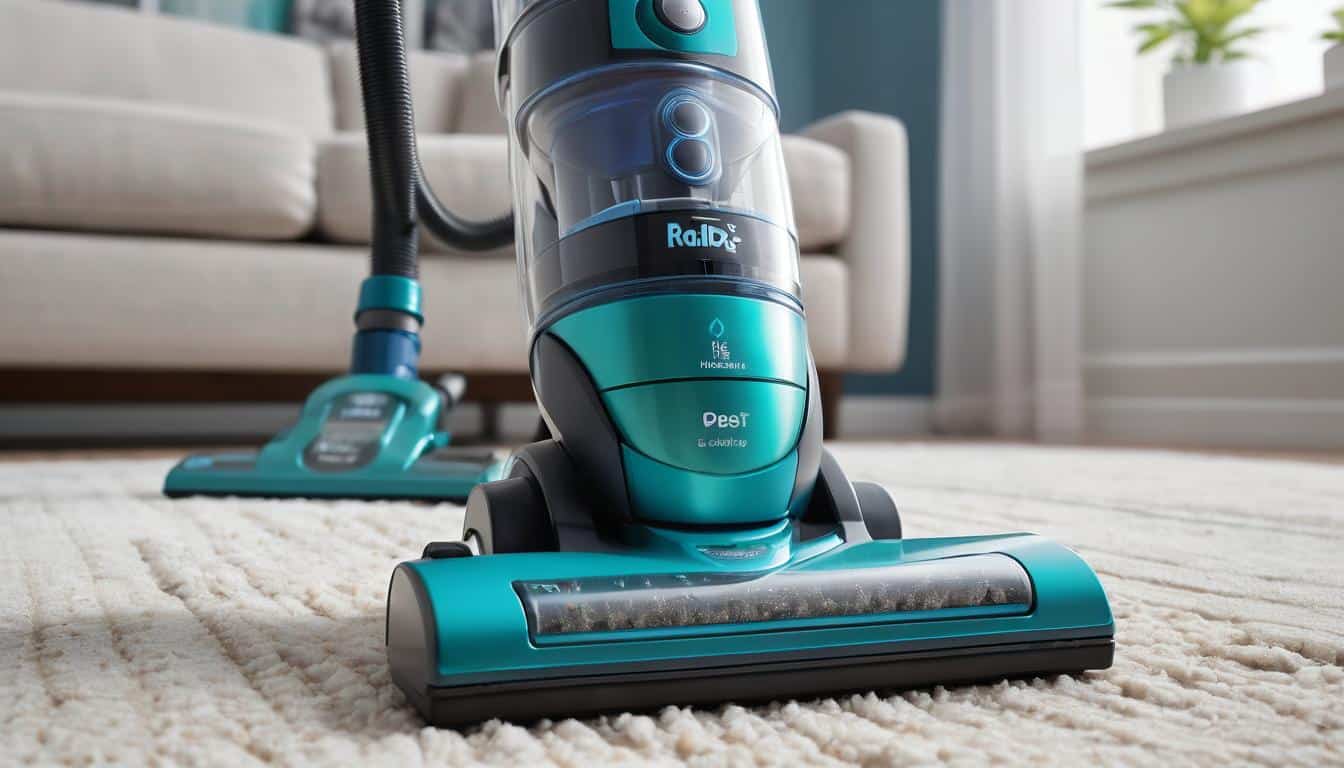
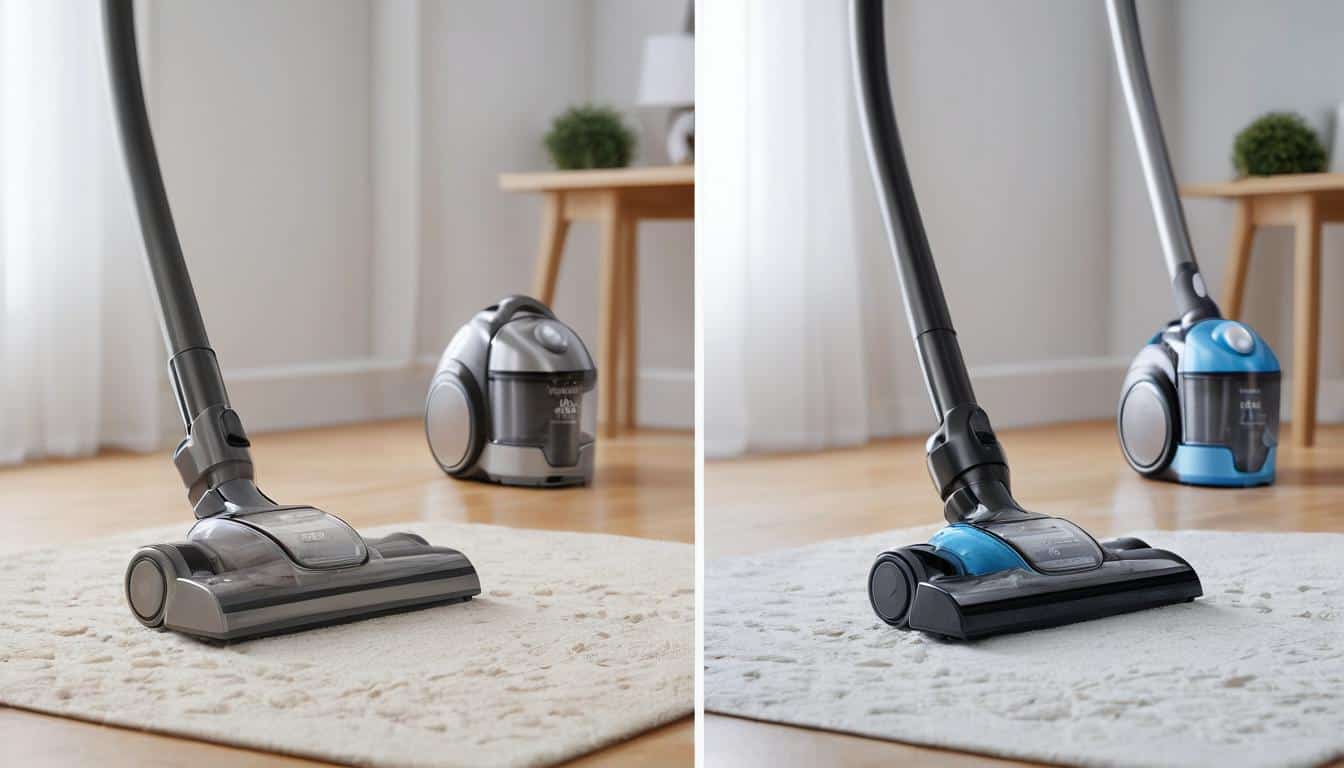
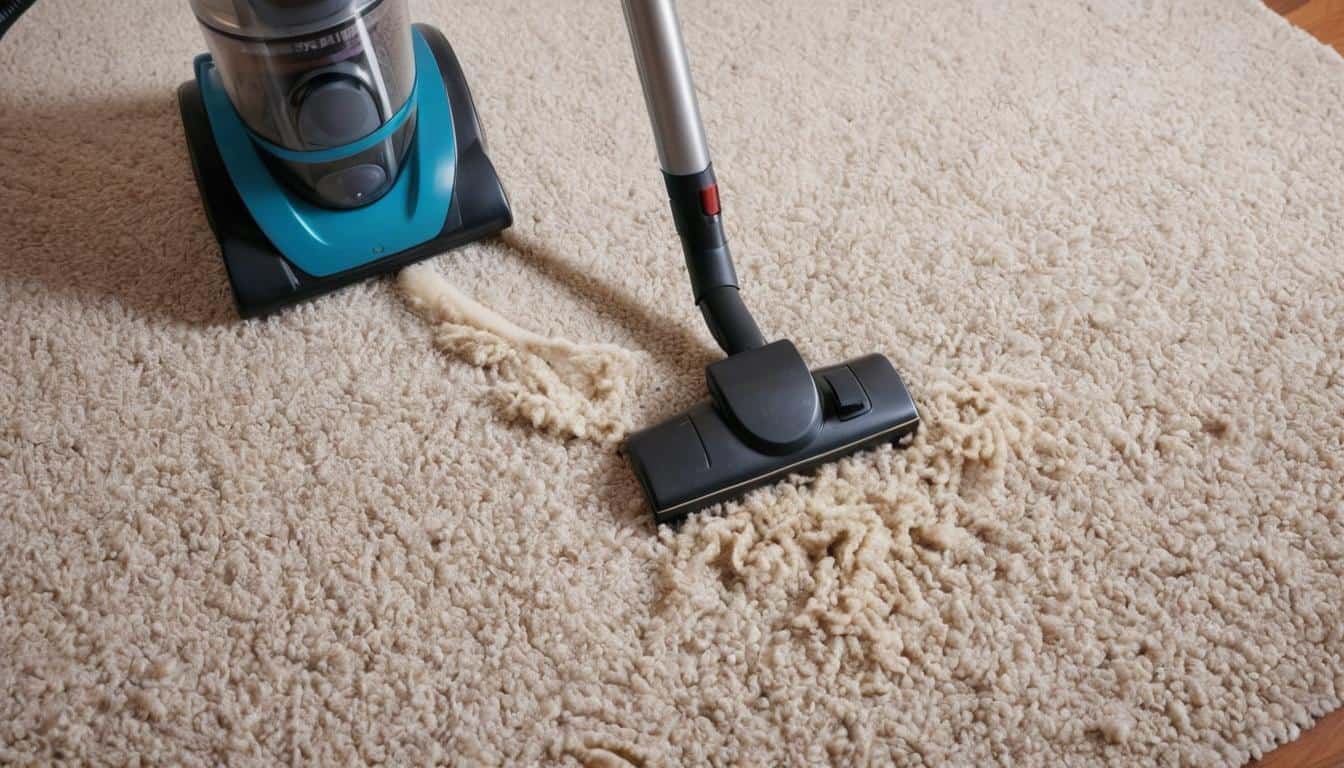
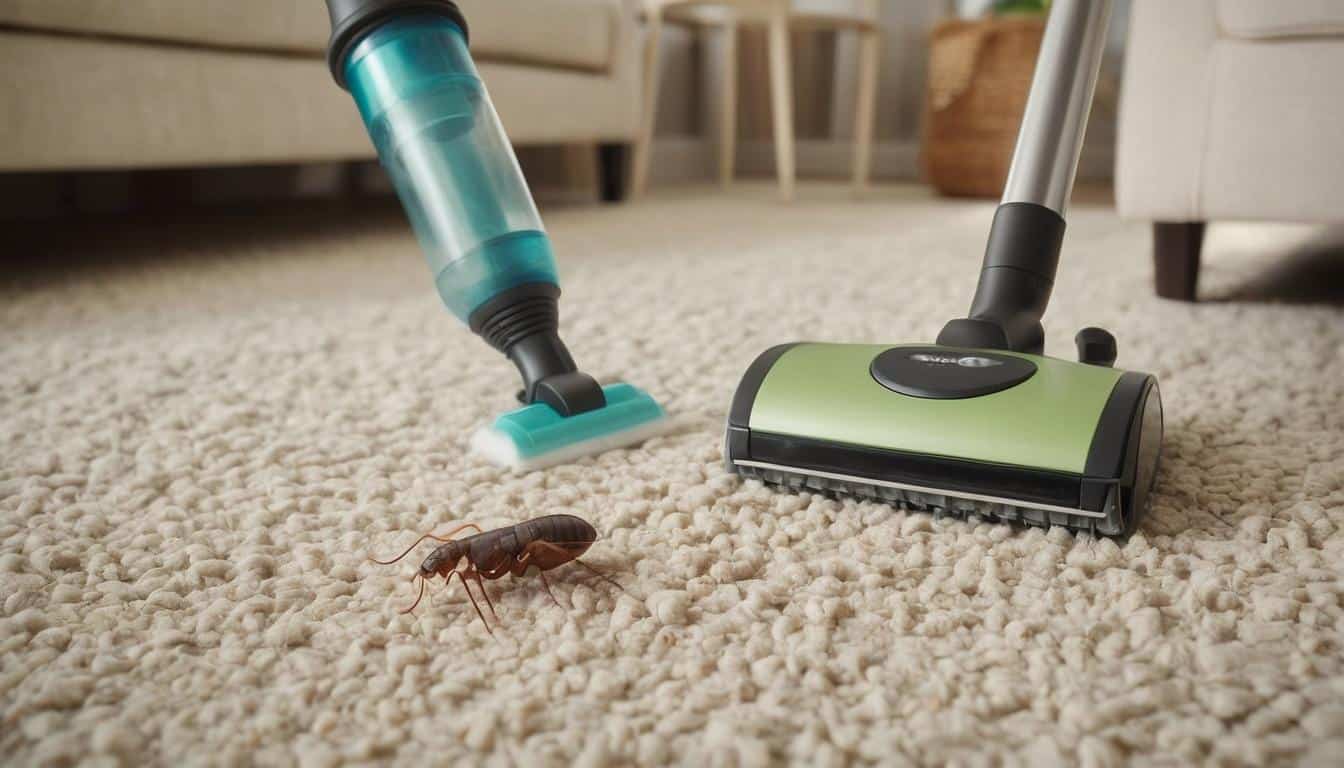
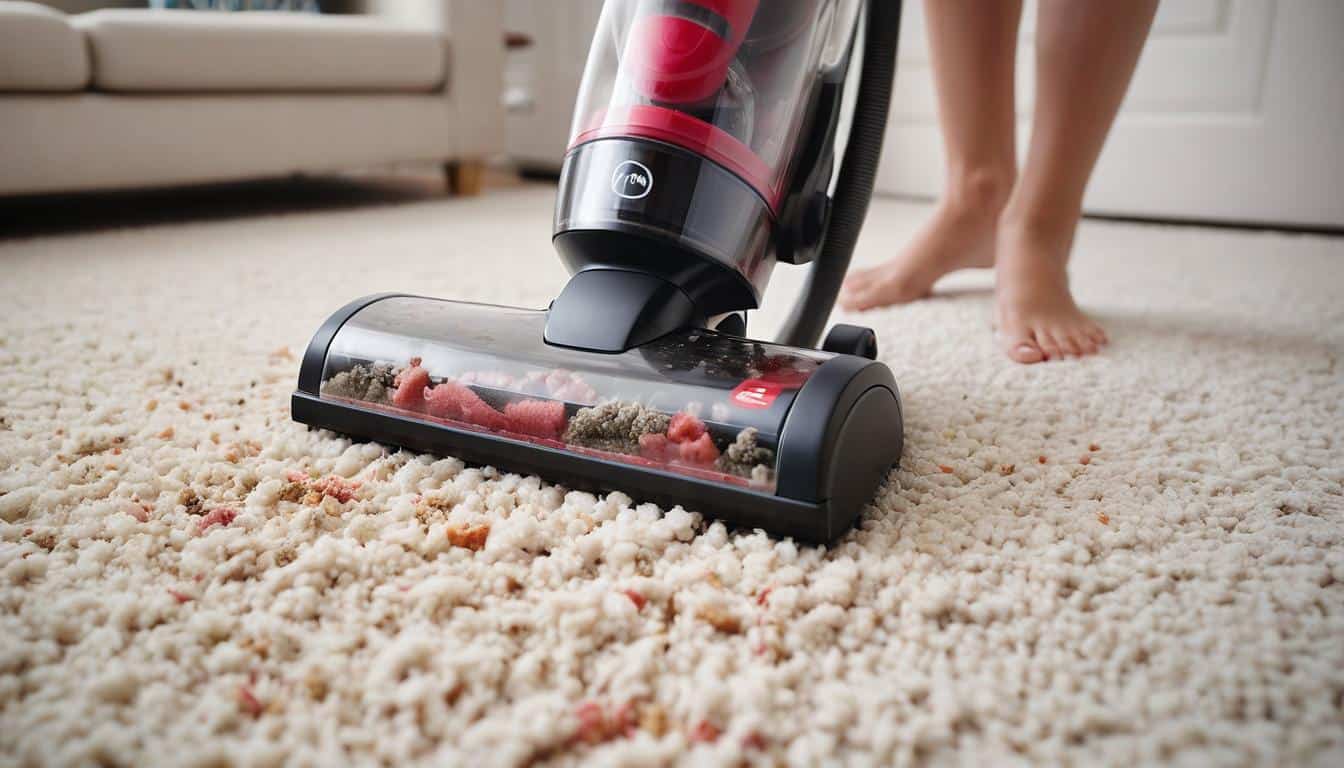
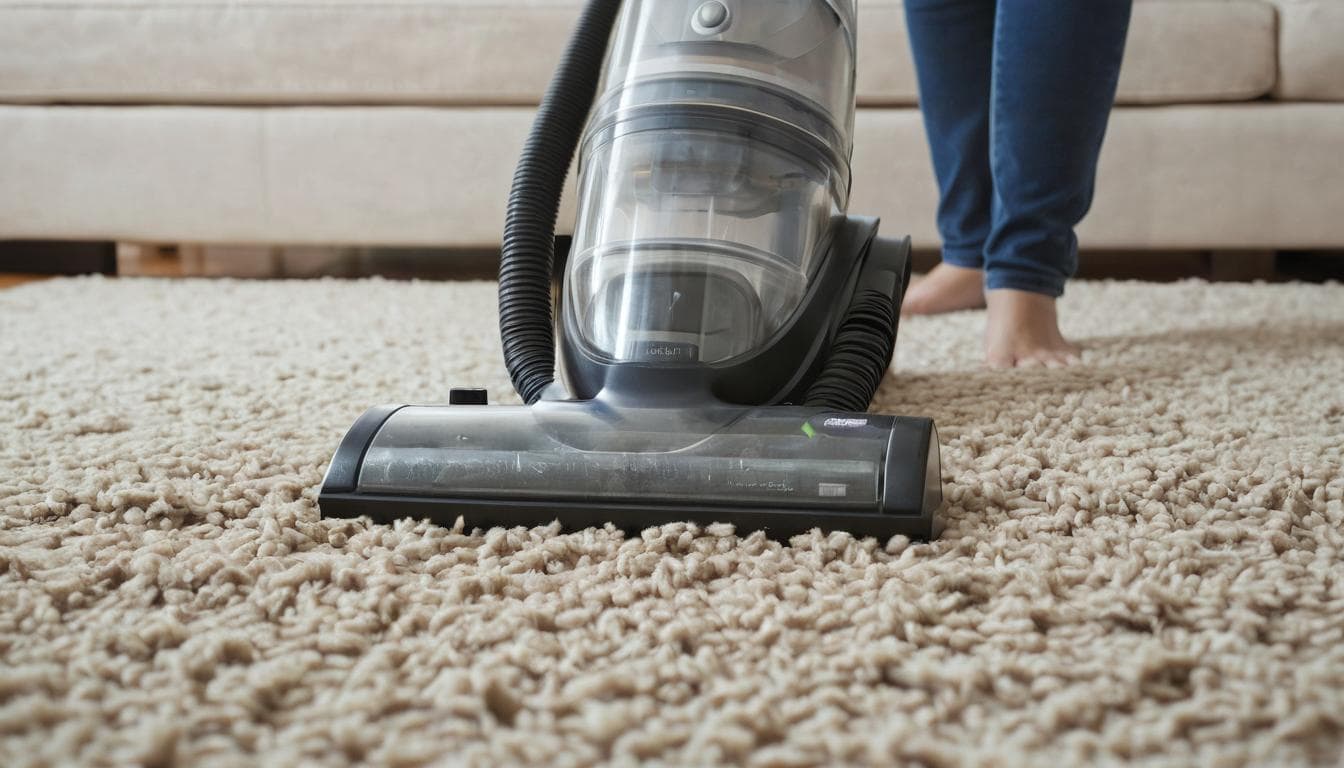
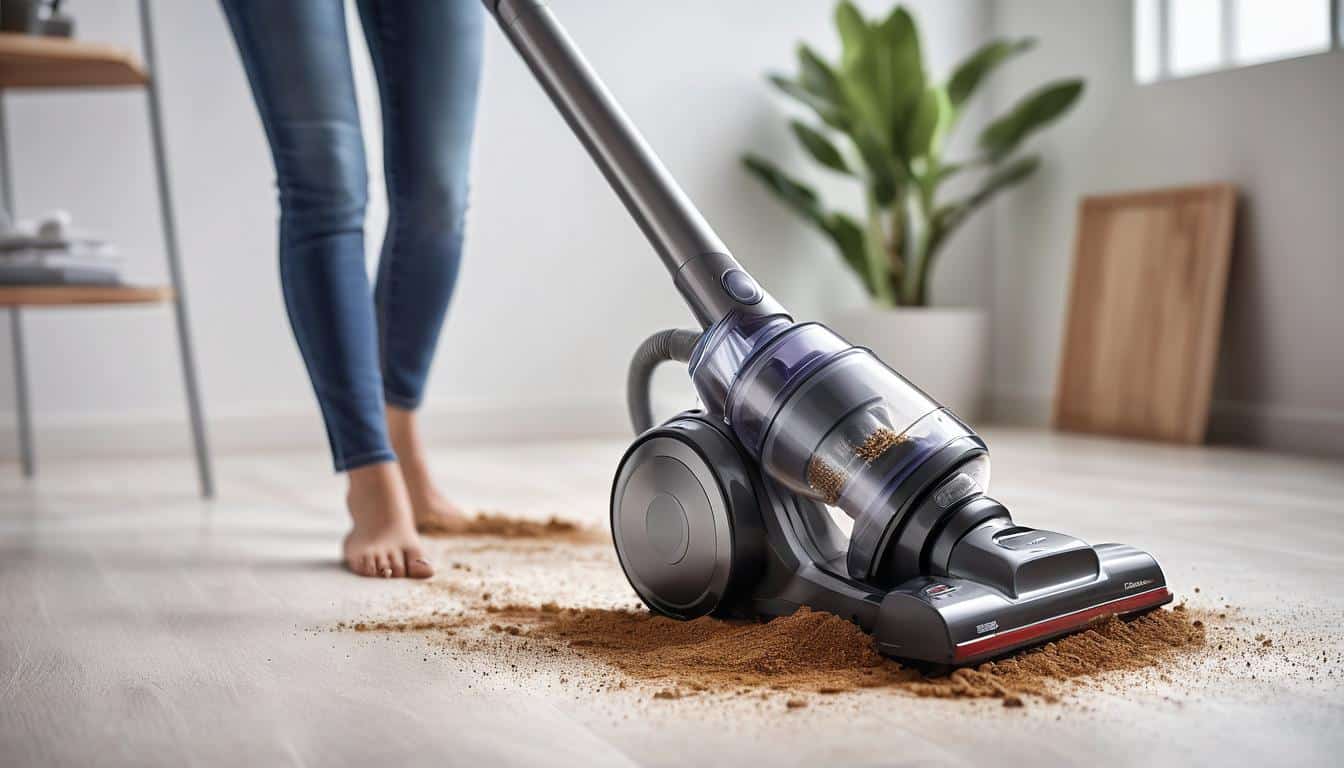
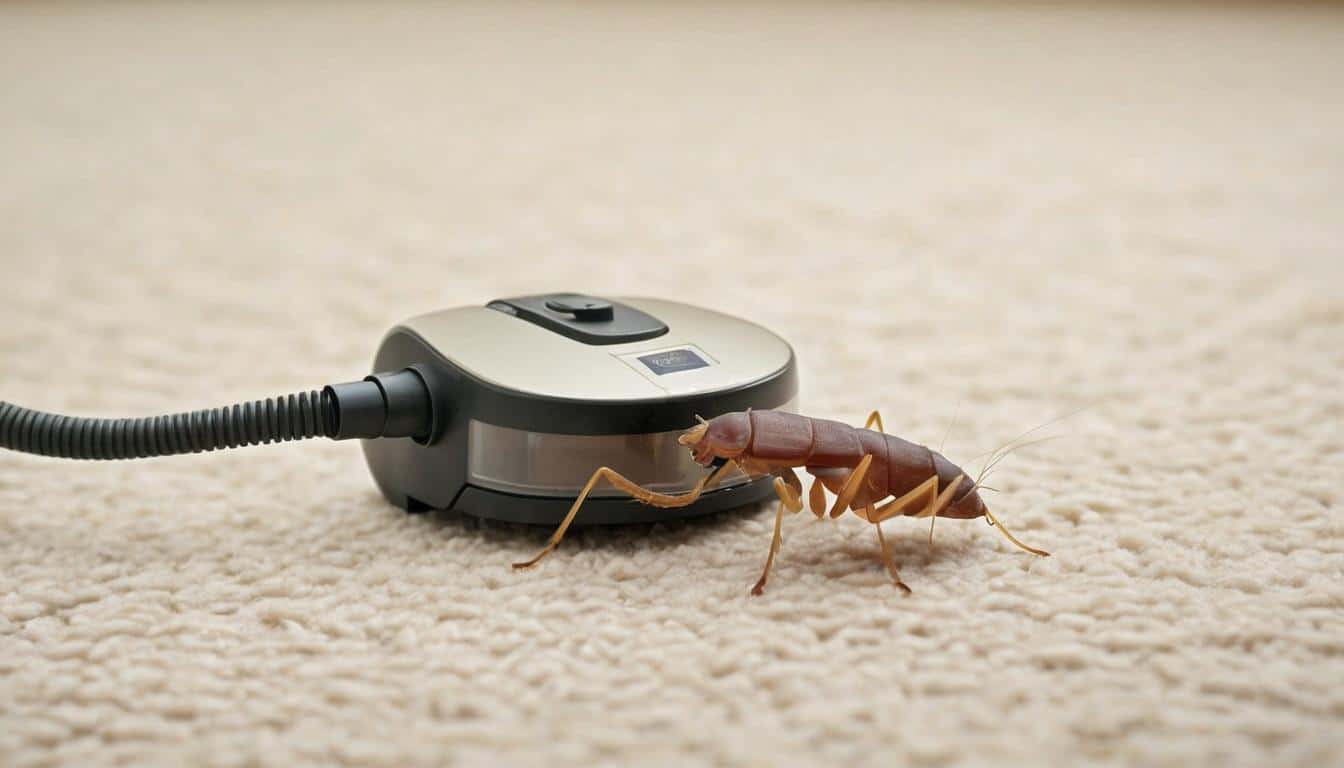
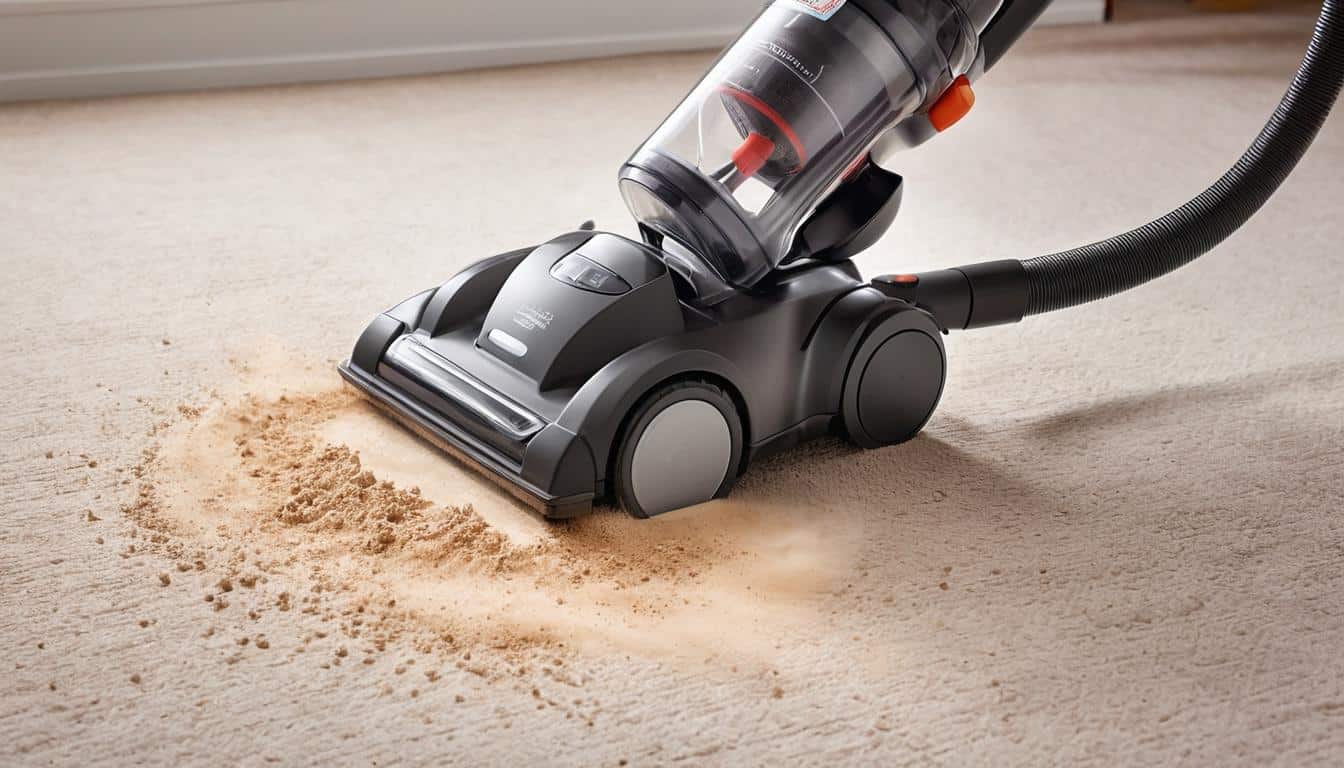

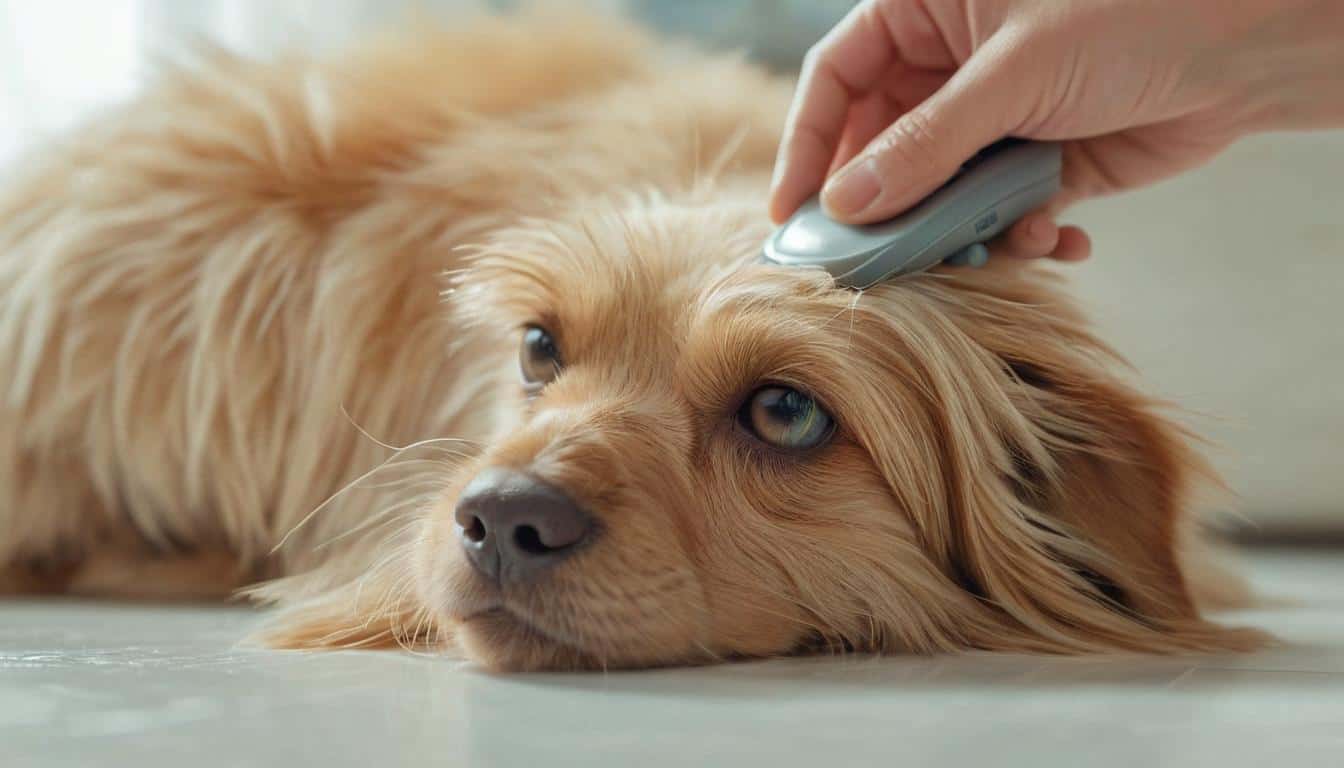
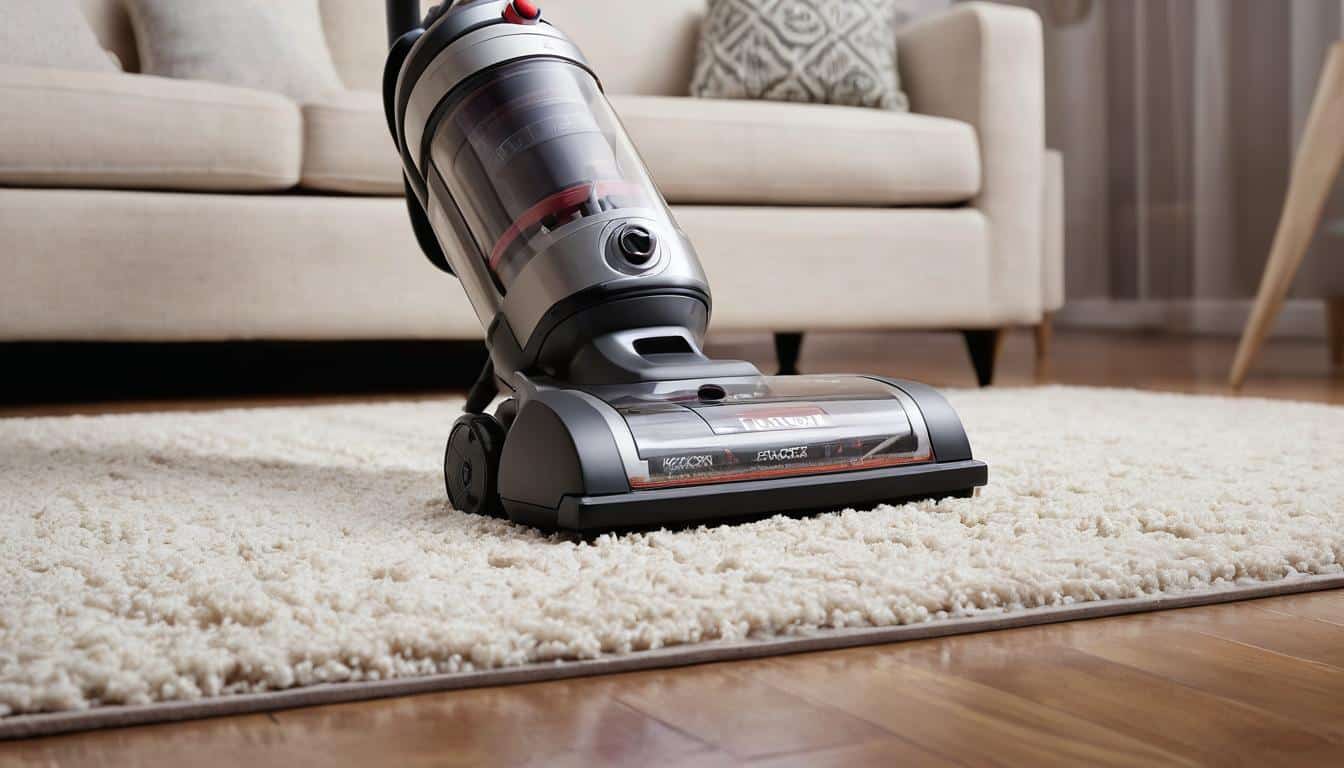
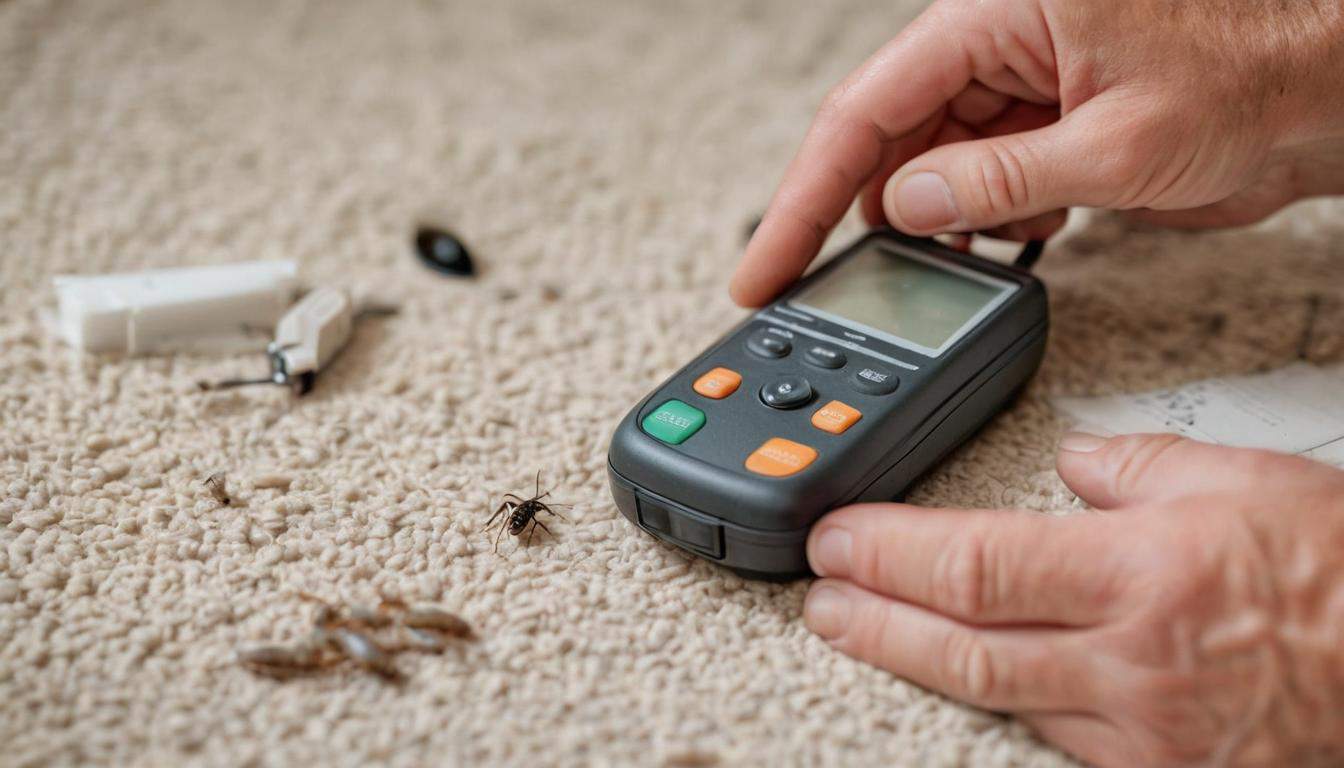
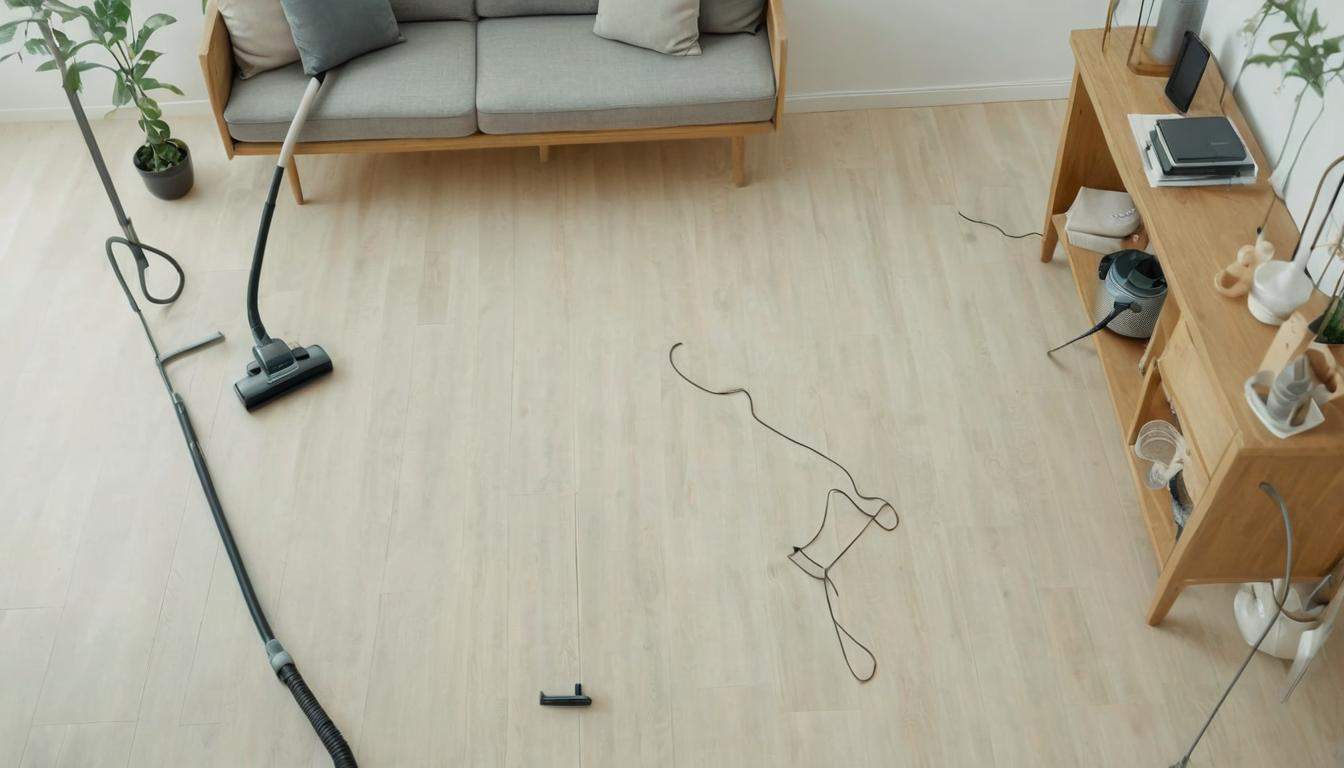
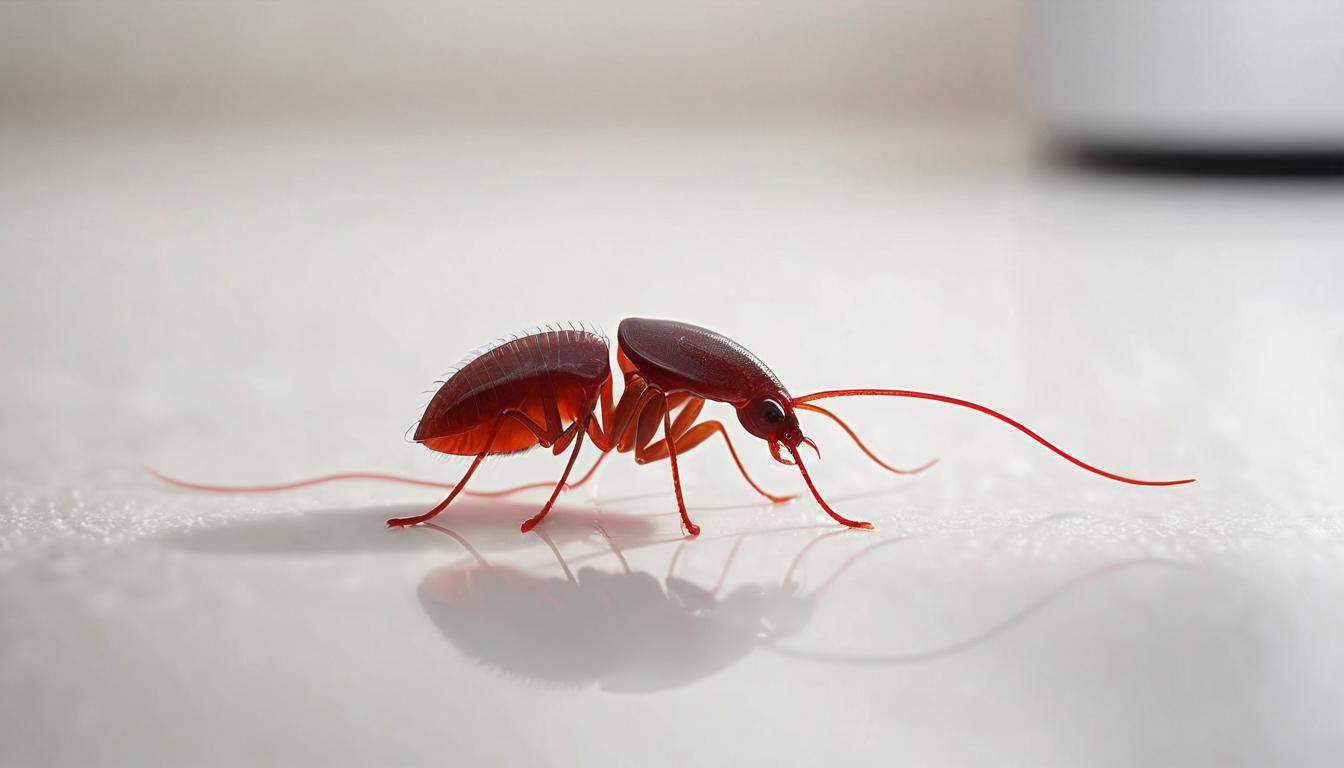
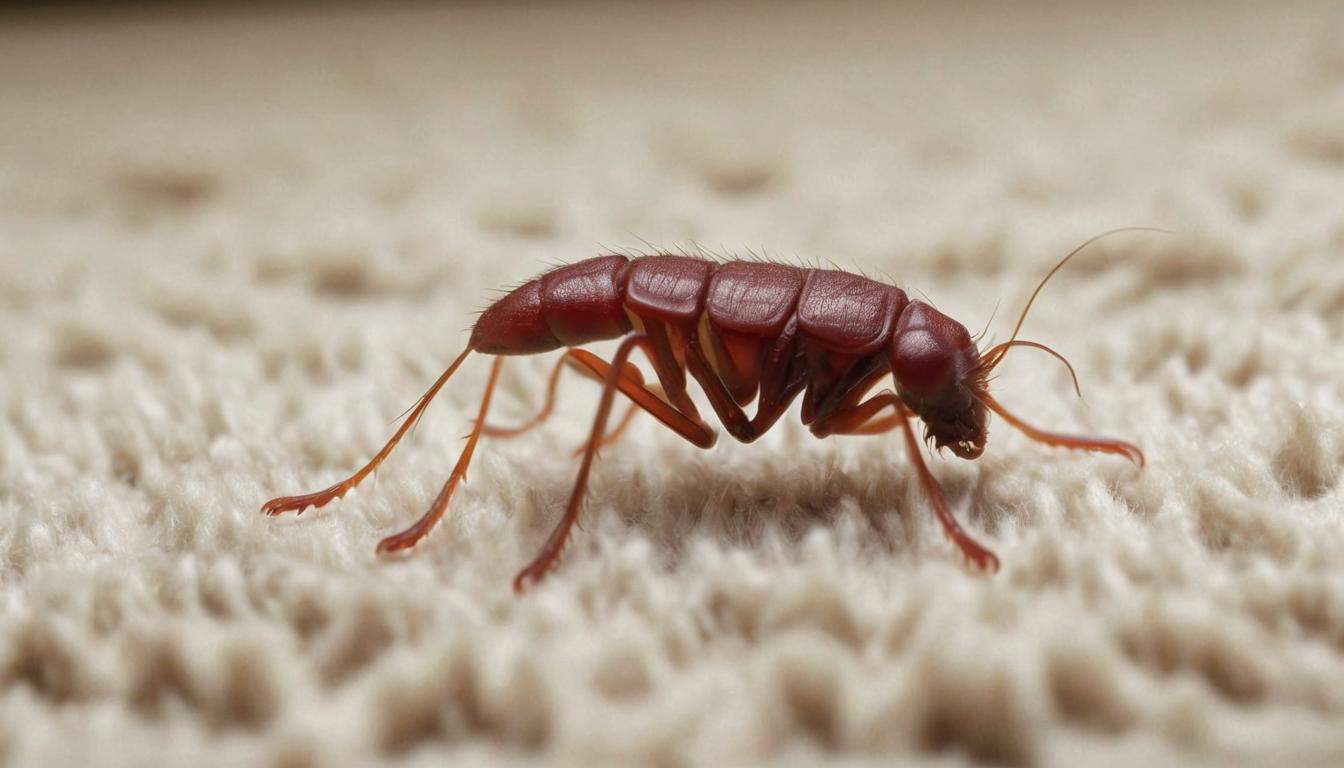
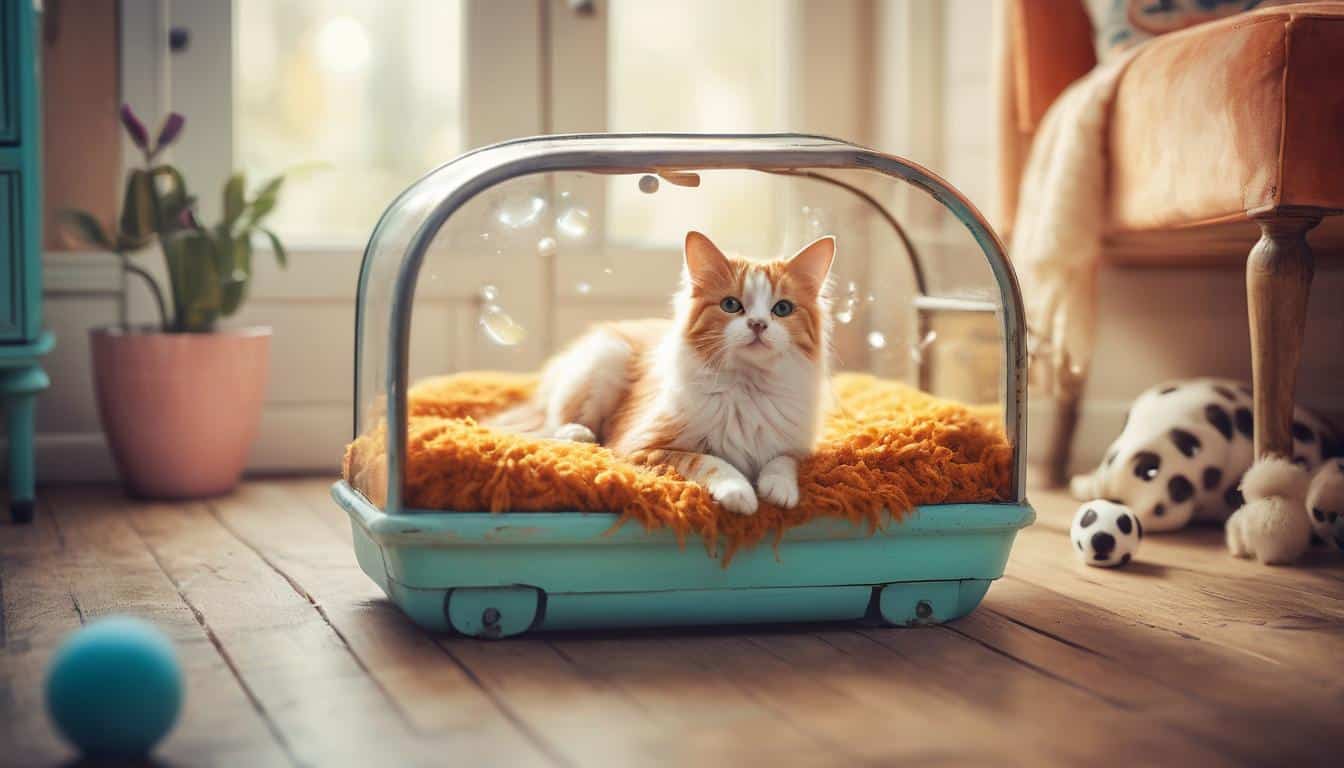
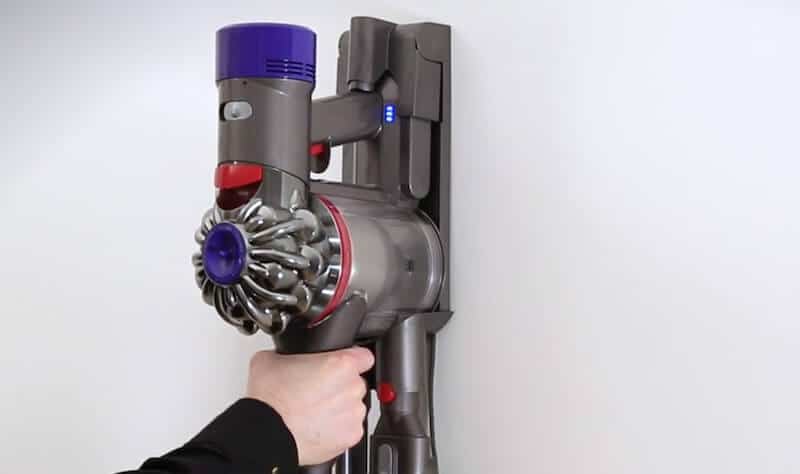
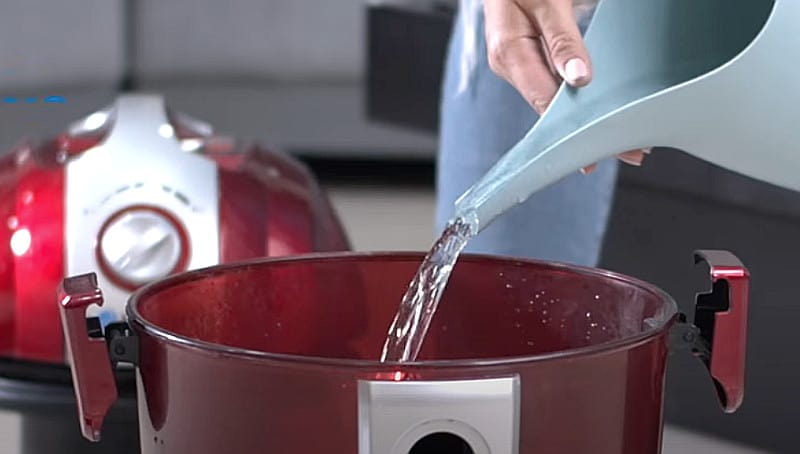
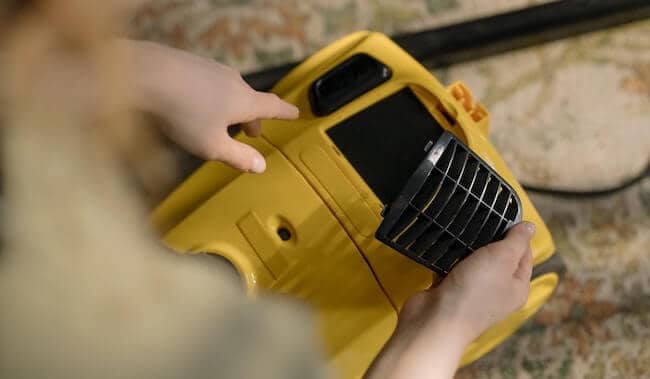
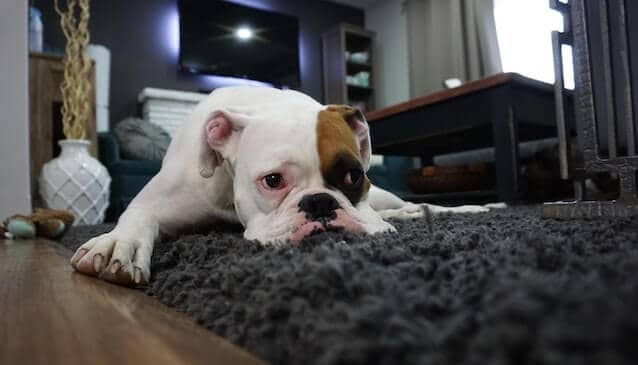
While vacuuming is an effective approach in the initial stages of a flea infestation, it’s crucial to use a product specifically designed to kill fleas for significant infestations, based on my personal experience dealing with such cases.
Just like Quentin says, it’s like using a garden hose to put out a house fire – useful at first, but you’ll need something stronger if things get out of hand; vacuuming is certainly helpful as an initial response to fleas, but for more serious infestations specialized treatments are the key.
While vacuuming can undoubtedly displace some fleas, it’s like trying to empty the ocean with a bucket; you’ll need more specialized tools and strategies for an entrenched infestation.
Although vacuuming can aid in the collection of some adult fleas and eggs, it’s crucial to remember that it doesn’t address larvae and pupae effectively, which represent bulk of the infestation. Furthermore, bagless vacuums pose an additional risk as they can potentially release flea eggs and larvae back into your home if not cleaned out regularly and correctly. From my experience, while vacuuming is indeed beneficial during a flea outbreak, it should still follow a professional pest control protocol for comprehensive eradication. And lastly, never forget about treating pets for fleas—if they’re infested too, you’ll simply cycle back to square one despite your cleaning efforts.
Agreed, Logan. Vacuuming can collect some adults and eggs but not larvae or pupae which form a significant percentage of an infestation. Moreover, bagless vacuums, if not properly cleaned, might actually redeposit the pests back into your space. Hence while I always recommend consistent vacuuming as part of the arsenal against fleas, it shouldn’t replace a professional treatment protocol especially when dealing with larger infestations.
Kwame, you’ve hit the nail on the head regarding pupae and larvae being unharmed by vacuuming. Further on your point about bagless vacuums possibly redepositing pests; it’s important not just to clean them, but also to expose them to high heat or place them under direct sunlight after every few uses – this can effectively combat potential re-infestations.